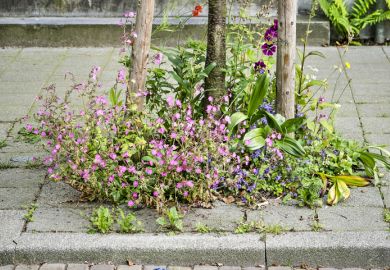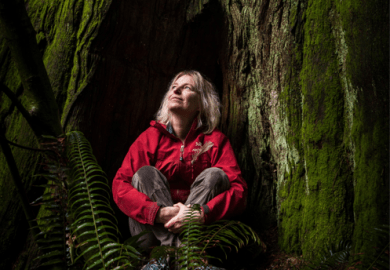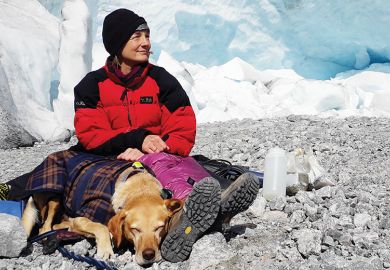There is something inherently fascinating about volcanoes. Maybe it is the beautiful landscapes they form, from desolate moonscapes to lush forest-covered mountains soaring above plains. Perhaps it is the extraordinary show of mother earth's power during even the mildest eruption that engenders awe and wonder. It may even be the fact that after all the technological advances of humankind volcanoes still erupt according to natural laws and not to any government legislation.
The science of volcanology has evolved rapidly over the last few decades. Development of reliable portable instruments for measuring physical and chemical properties at volcanoes, coupled with advances in computer technology have transformed the scope of the vulcanologist. It is now becoming possible, at well-monitored volcanoes, to predict the onset of increased eruptive activity. With this ability comes a responsibility to inform the people likely to be affected. Here the dilemma for vulcanologists arises, to keep to the science, or to communicate ideas and concerns to a wider public outside the scientific circle. Volcanoes: Crucibles of Change is written by three respected vulcanologists who, having witnessed several volcanic tragedies, hope to inform and educate people about the wonders, the thrills, and the dangers of volcanoes.
The book opens with a graphic account of the build up and aftermath of the devastating eruption at Mount St Helen's in 1980. The narrative is interspersed with chilling eyewitness statements. Sections on the nature and origin of volcanism are given a refreshing treatment, using the superb line drawing and diagrams that are a feature of this book.
As the global population expands inexorably, megacities grow and more and more people will live in the shadow of active, or potentially active volcanoes. Volcanic hazards do not only affect local populations, however. Climate change is global, and a recent addition to the list of hazards arises from air travel. There have been a number of near disasters when commercial airliners carrying in excess of 200 people have flown into an eruption cloud from an exploding volcano. The hot ash ejected more than 10km up, well into international air traffic levels, pits the windscreen of a plane reducing visibility dramatically, and causes jet engines to stall. Eyewitness records convey the drama and the tragedy of a variety of volcanic crises in an informative and memorable way.
Volcanoes are by no means all bad, and a section on their myths and benefits includes some of the surprising uses of their products, ranging from building materials, diamonds and gold, to cat litter.
The final section of this book, "Living near volcanoes", provides harrowing accounts of three recent keystone volcanic eruptions , Nevado del Ruiz, Pinatubo and Galeras. At Ruiz, the tragic death of some 23,000 people was caused by an accumulation of human error - not by technological ineptness, not by an overwhelmingly large eruption and not by simple bad luck. However, lessons were learnt, and thousands of lives were saved at Pinatubo by the early preparation of hazard assessments and mitigation plans. A relatively minor explosive eruption at Galeras killed scientists as they made geophysical and gas measurements inside the active crater. The shock within the volcanological community was such that field conduct guidelines were drawn up, and the development and use of automated instruments was accelerated.
A unique feature of this informative and entertaining book is the 24-page appendix, "The volcano traveller". It includes a survival guide on what to do in the case of various types of eruption. Then follows a list of some of the world's best-known volcanoes with a potted history, description, and advice on how to get there and what to look out for. There is a bias towards North American sites here, and it would be facile to point out the many excellent tourist volcanoes the authors have neglected. Nevertheless, it is a welcome addition and perhaps the basis of a travel book waiting to be written.
Hazel Rymer is Royal Society research fellow in earth sciences, Open University.
Volcanoes: Crucibles of Change
Author - R. V. Fisher, G. Heiken and J. B. Hullen
ISBN - 0 691 01213 X
Publisher - Princeton University Press
Price - £25.00
Pages - 317
Register to continue
Why register?
- Registration is free and only takes a moment
- Once registered, you can read 3 articles a month
- Sign up for our newsletter
Subscribe
Or subscribe for unlimited access to:
- Unlimited access to news, views, insights & reviews
- Digital editions
- Digital access to THE’s university and college rankings analysis
Already registered or a current subscriber?



